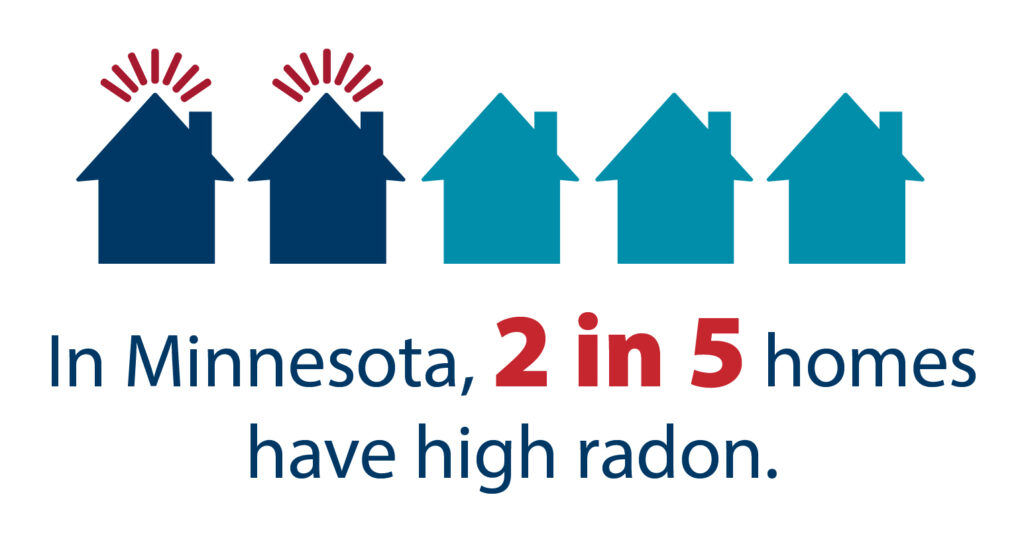Prevalence of Radon in the Midwest
The Midwest is known for higher-than-average radon levels due to the region’s geological makeup. According to the EPA, approximately one in fifteen homes in the U.S. has elevated radon levels, but some Midwestern states report even higher incidences.

Understanding Radon Levels
The EPA recommends taking action if radon levels are at or above 4 pCi/L. If your home tests at or above 4 pCi/L, don’t panic. There are effective mitigation techniques available, which we will discuss next.
Mitigation Measures: Techniques to Reduce Radon Levels in Homes
- Sub-slab depressurization: This is the most common method, which involves installing a vent pipe system and fan to pull radon from beneath the house and vent it outside.
- Sealing foundation cracks: Sealing cracks and other openings in the foundation can help reduce radon entry.
- Home pressurization: This technique uses a fan to create positive pressure in the lower levels of the home, reducing the amount of radon that can seep in.
Standard Water Control installs Sub-slab depressurization systems.
The Role of Health-conscious Decisions: Encouraging Testing and Awareness
As a health-conscious homeowner, it’s vital to prioritize radon testing and mitigation. Regularly testing your home can prevent prolonged exposure to dangerous radon levels.
Contact us today for a free consultation!
